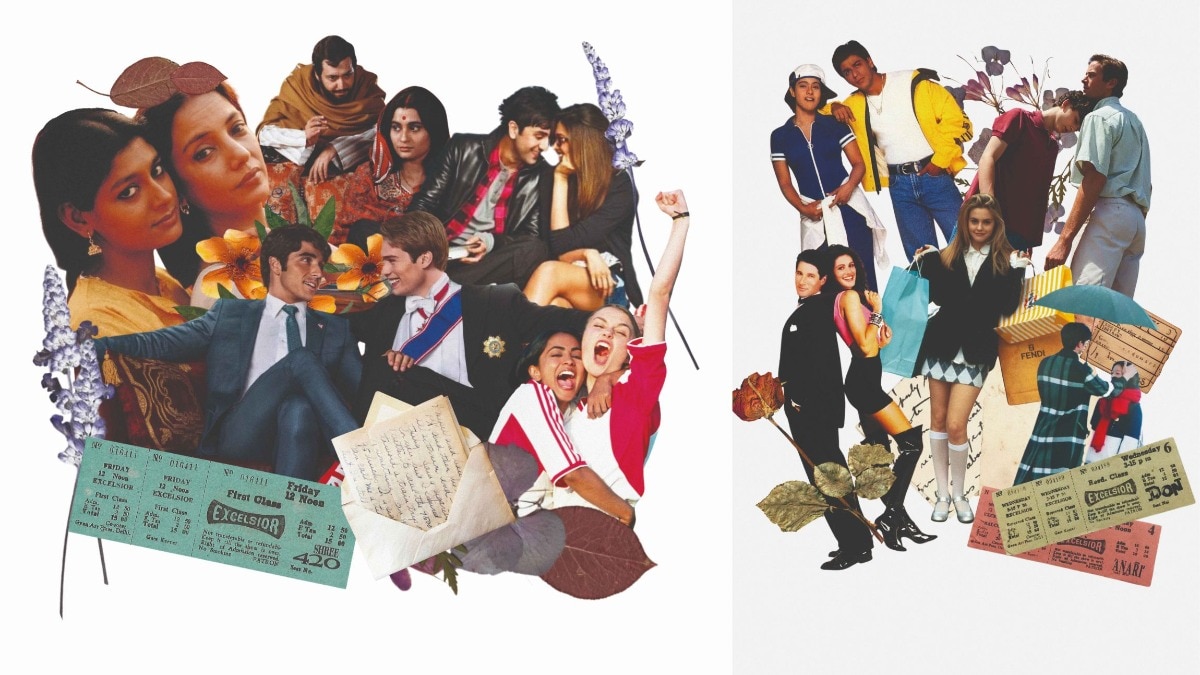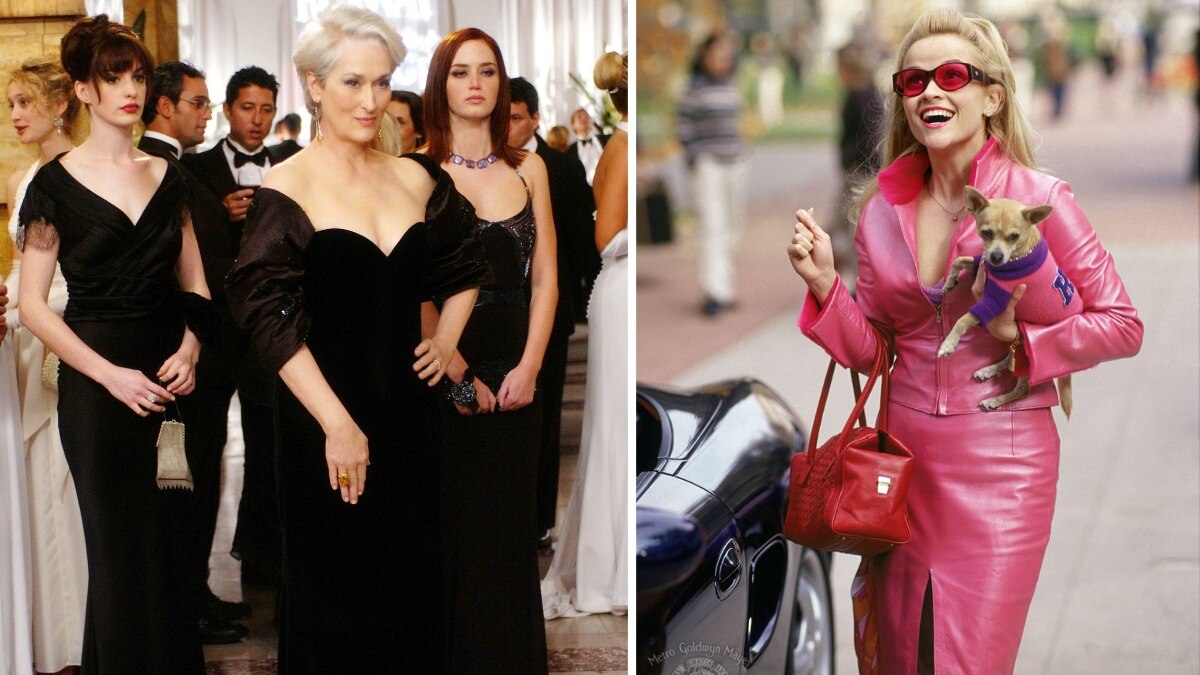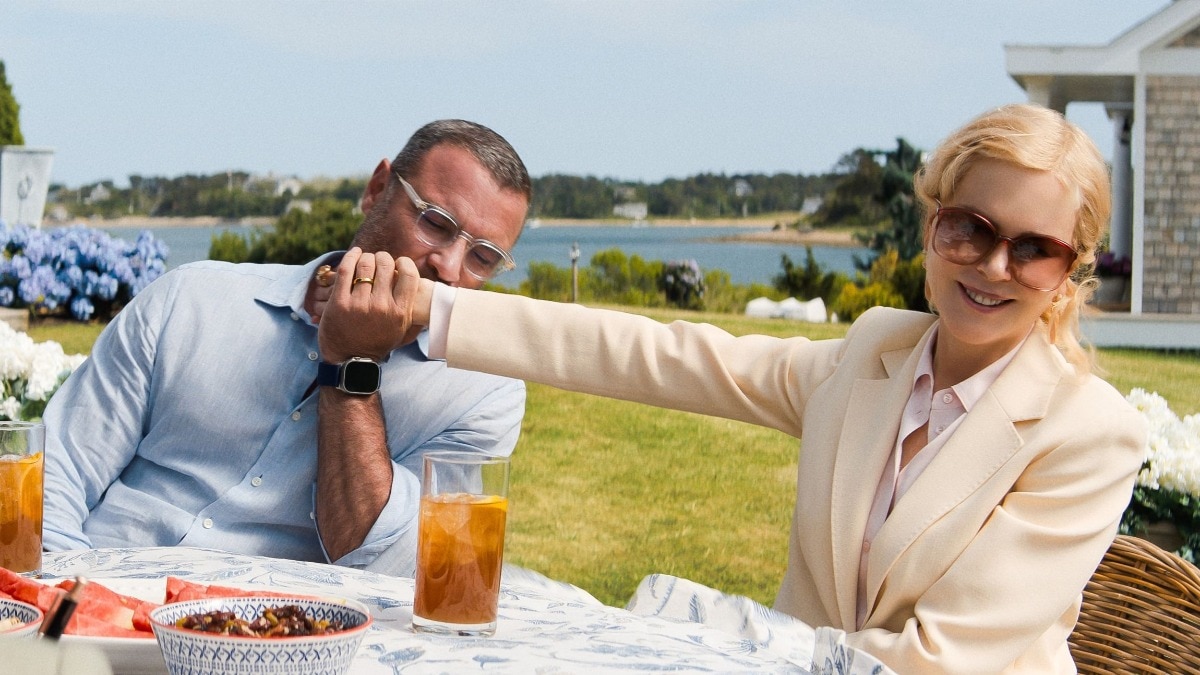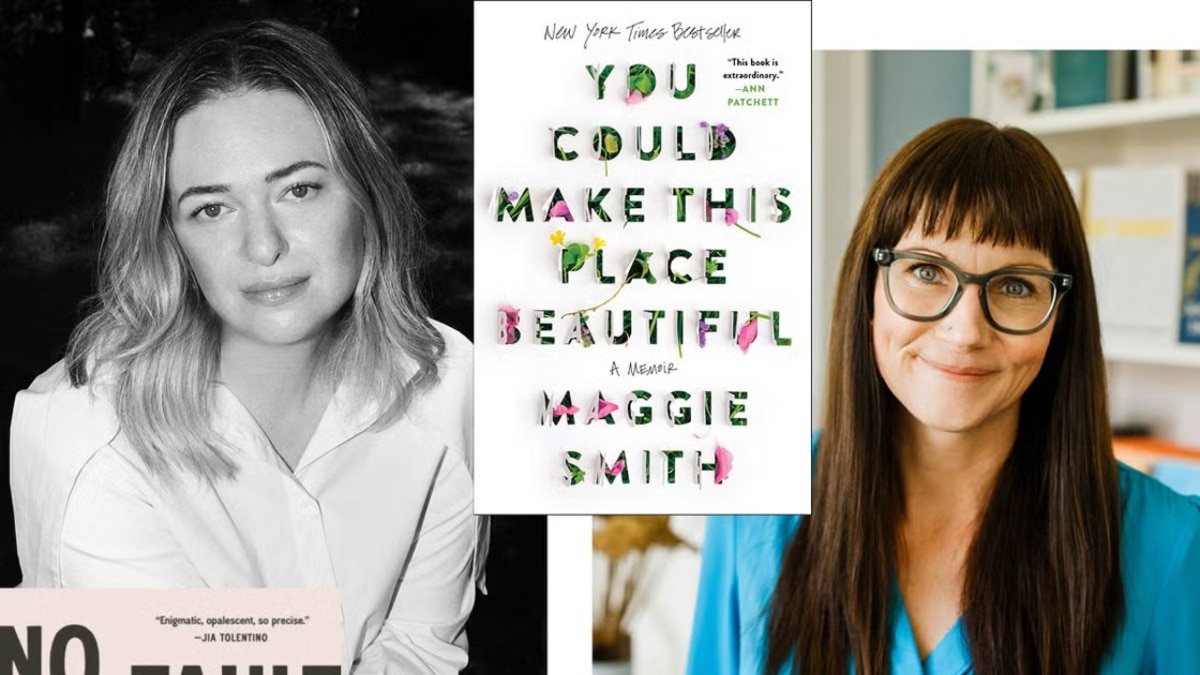
Are trigger warnings really necessary when it comes to engaging with culture?
The release of Blink Twice, Zoe Kravitz’s directorial debut, has been accompanied with a comprehensive trigger warning around the film’s adult material.


Blink Twice is now in cinemas, with Zoe Kravitz’s directorial debut being hailed by critics as "stylish, savage and chilling" as she explores complex themes around sex, money and power.
To accompany the film’s wider theatrical release, Amazon MGM Studios issued a trigger warning on its Instagram page, warning would-be cinema-goers of potentially problematic content, as well as pointing them in the direction of resources that may be of help.
The warning can appear almost as reactionary, following a scathing essay in The Hollywood Reporter in response to the publicity blitz of It Ends With Us. Bridgette Stumpf, founder and executive director of Network for Victim Recovery of DC, says the widely promoted film fails the survivors it is supposed to advocate for by "glossing over its domestic violence content in the film’s marketing, and by not providing any content warnings”. In its defence, It Ends With Us does have a message after its end credits, but many may have chosen to leave the cinema by the time it is on screen, and have already been impacted by its scenes.
Trigger warnings aren’t new—they are commonplace on television programmes, urging viewer discretion ahead of certain programming for adult themes or uncomfortable content. Elsewhere, trigger warnings have become routine on the internet, to warn readers of fraught topics. However, in more recent times, trigger warnings are starting to creep into the wider cultural sphere, to the point that a 2021 rendition of Romeo and Juliet in London’s West End warned viewers of scenes of "suicide and drug use". It is particularly prevalent on social media—to the point that some harrowing words are euphemized in favour for what is supposedly a more pleasant alternative (trading suicide to 'unalived' is just one example) to avoid hurting sensibilities (and to bypass often strict content moderation algorithms). But is this avoidance almost to the point of self-censorship actually necessary?

For a start, trigger warnings aren’t believed to work. A metanalysis of numerous studies conducted by the British Psychological Society found trigger warnings had a “negligible” impact on emotional reactions and did nothing to mitigate distress; one study even showed that participants were more likely to engage with content if there was a trigger warning, almost as if enticed by the temptations of forbidden fruit.
In one study, in which participants were asked to pick between articles with and without trigger warnings, participants were more likely to pick those with trigger warnings—an active decrease in avoidance. Other studies showed that participants showed more emotional signs of distress when reading trigger warnings—as shown by an elevated heartbeat—which suggests that people may anticipate distress from trigger warnings, but that this expectancy ultimately doesn't stop them from viewing.
So, with that in mind, should we just scrap trigger warnings completely? Some more conservatively minded individuals argue they do more harm than good, fearing the ‘coddling’ of audiences who refuse to view or engage with culture that may challenge or confront, leaving us more fragile overall.
But ditching content warnings about triggering material entirely may be too hasty. In the case of It Ends With Us, many going into the film without truly knowing the content of what was to come, might have found themselves distressed when watching something they may have believed to be light-hearted and fun. Perhaps if we’re feeling literally ‘triggered’ by reading the words ‘trigger warning’, the solution could be as simple as renaming them to ‘content notes’ to explain darker or more complex themes.
Regardless of psychological studies, or how we word it, if a heads up helps even just one person make an informed decision on whether to engage with content that could have a damaging impact, then that can only be a good thing.
This article first appeared in harpersbazaar.com/uk in August 2024.
Feature Image: YOUTUBE/WARNER BROS. PICTURES//WARNER BROS.
Also read: Salvador Dali is coming to India in a first ever exhibition
Also read: A mother's exploration of the emotional and physical toll of childbirth, the pressure of perfection, and the journey toward self-acceptance










